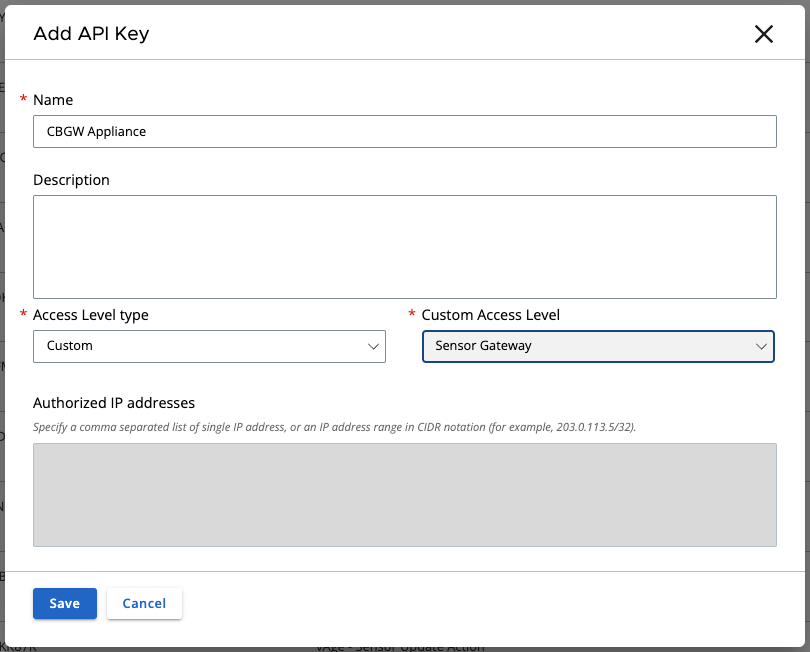The following script finds the uninstall strings in the registry and removes old agents from the golden image.
$execpolicy = Get-ExecutionPolicy
Set-ExecutionPolicy Unrestricted
$installed = Get-ItemProperty 'HKLM:\Software\Microsoft\Windows\CurrentVersion\Uninstall\*' | Where-Object {$_.UninstallString -match "MsiExec.exe"} | Select-Object DisplayName, DisplayVersion, UninstallString
$installed += Get-ItemProperty 'HKLM:\Software\Wow6432Node\Microsoft\Windows\CurrentVersion\Uninstall\*' | Where-Object {$_.UninstallString -match "MsiExec.exe"} | Select-Object DisplayName, DisplayVersion, UninstallString
$apps = @("VMware Tools","VMware Horizon Agent","VMware Horizon Agent Direct-Connection Plugin","VMware Dynamic Environment Manager Enterprise","App Volumes Agent","Microsoft FSLogix Apps")
$uninstall = $installed | Where-Object {($_.DisplayName -in $apps)}
$uninstall
foreach ($app in $uninstall) {
$uninstcmd = $app.UninstallString
$uninstcmd = (($uninstcmd -split " ")[1] -replace "/I","/X") + " /qn REBOOT=ReallySuppress"
$uninstprc = Start-Process msiexec.exe -ArgumentList $uninstcmd -NoNewWindow -PassThru -Wait
}
$check = Get-ItemProperty 'HKLM:\Software\Microsoft\Windows\CurrentVersion\Uninstall\*' | Where-Object {$_.UninstallString -match "MsiExec.exe"} | Select-Object DisplayName, DisplayVersion, UninstallString
$check += Get-ItemProperty 'HKLM:\Software\Wow6432Node\Microsoft\Windows\CurrentVersion\Uninstall\*' | Where-Object {$_.UninstallString -match "MsiExec.exe"} | Select-Object DisplayName, DisplayVersion, UninstallString
$check | Where-Object {($_.DisplayName -in $apps)} | Format-Table
Set-ExecutionPolicy $execpolicy








